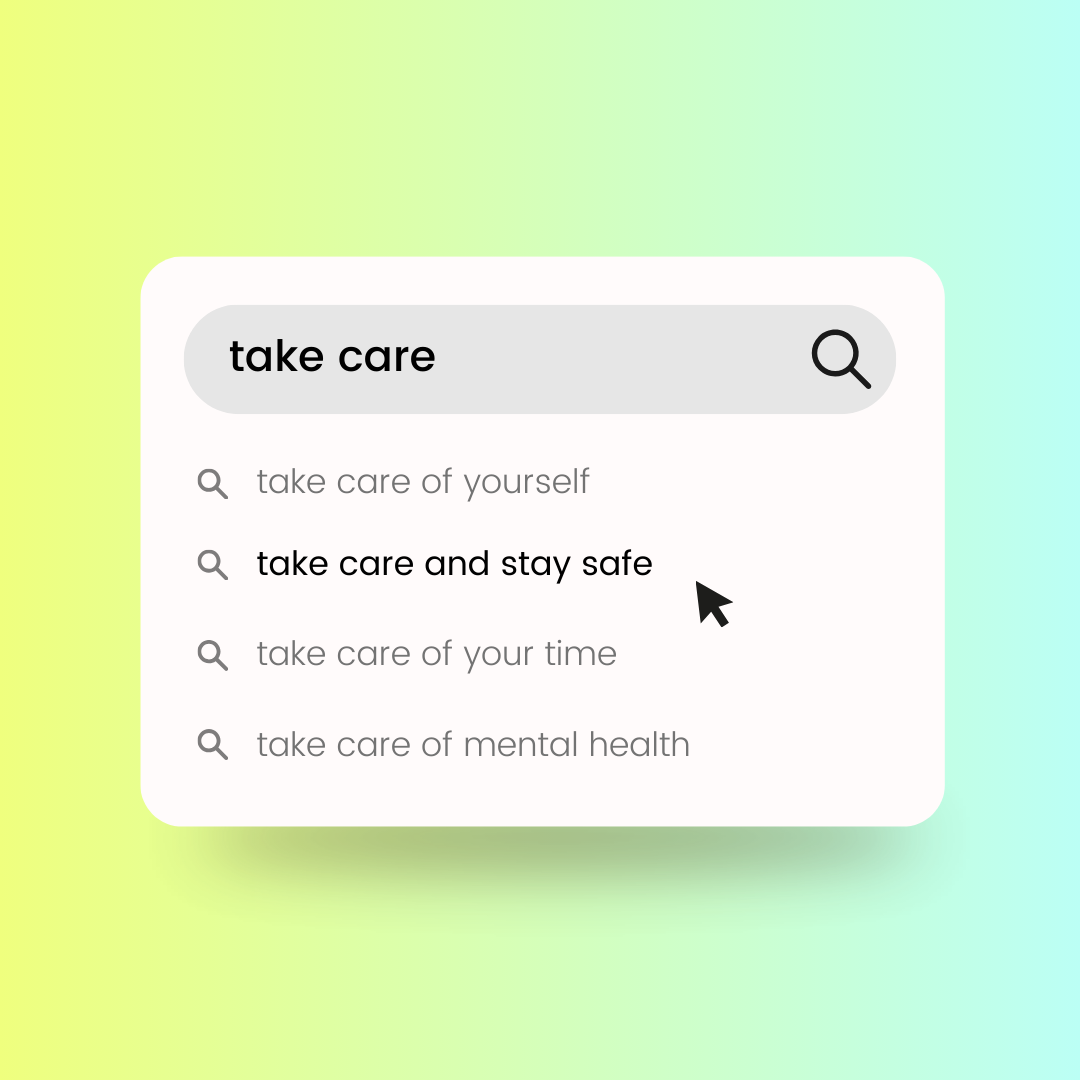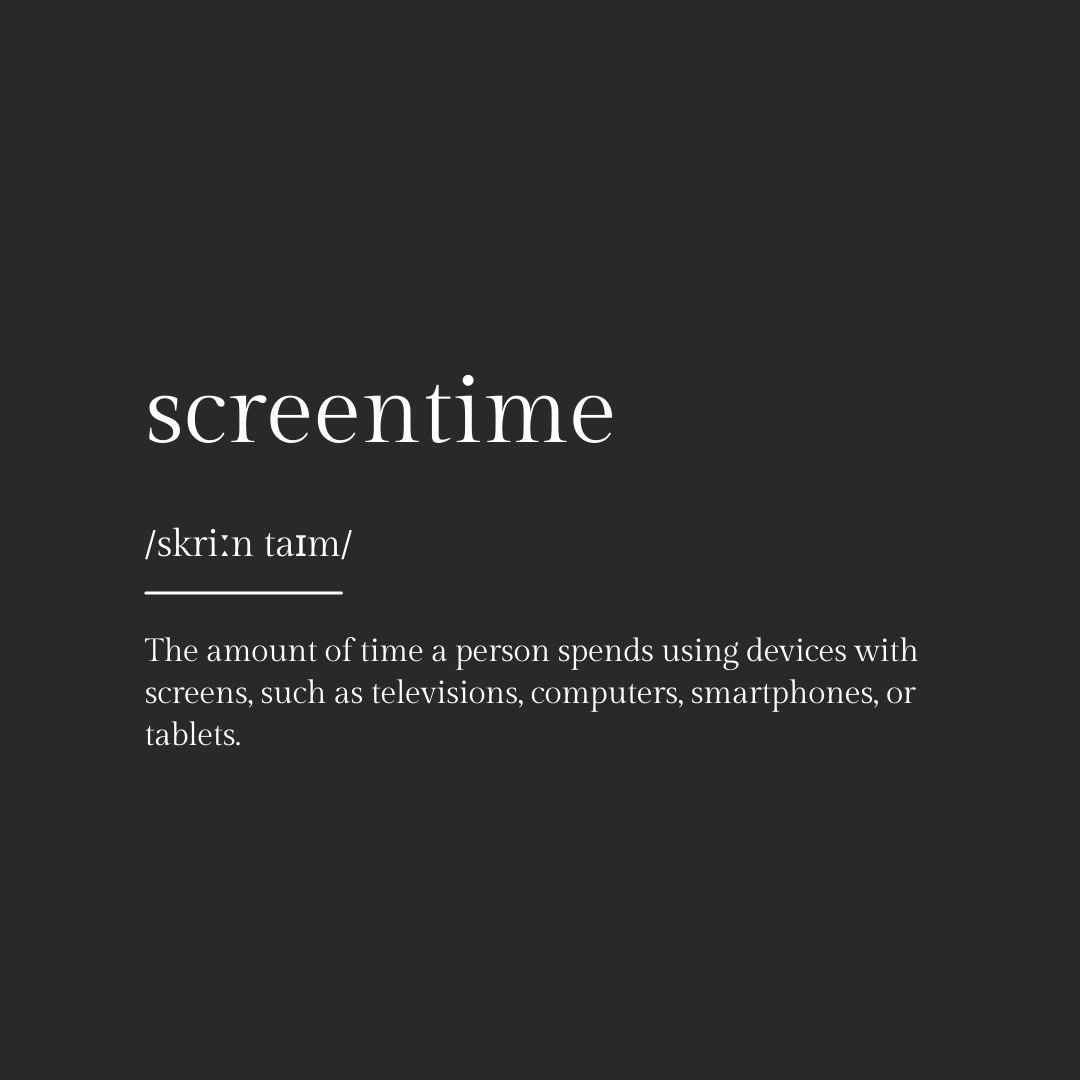How to Practice Digital Consent
Digital consent is an active commitment by digital role models to keep the internet fun and safe for everyone.

DEFINE IT.
Consent is the active practice of giving permission for something to occur. In the digital space, this translates to the mutual exchange and respect of boundaries when it comes to actions that you and someone else are comfortable with.

We sometimes forget about the person on the other side of the screen when we’re communicating or interacting with them. Digital consent is an active commitment to keep the internet fun and safe for everyone.
For example, you might be comfortable with friends sharing photos of you without your permission, but another person might not. It’s important to secure voluntary permission from others before doing something that might make others uncomfortable.
Setting Foundational Boundaries
Many people think that setting boundaries has to be limited to romantic situations online. But practicing digital consent can be as simple as asking your online friends about:
- How they’d like to keep in touch throughout the day. Not everyone likes rapid fire texts during school hours or at 1 am in the morning.
- What topics of conversation and content sharing are off limits. Each individual has unique topics that make them uncomfortable, and it’s not always obvious.
- How comfortable they are with you resharing information or their content in public digital spaces. This helps avoid putting others in vulnerable situations unintentionally.
When first meeting someone online, discussing expectations early on ensures that both of you feel safe and that no one is violating the other’s boundaries.
The Sext Talk
Like IRL consent, digital consent in romantic situations is crucial. There are times the tone of the conversation will change from friendly to romantic to straight up sexual. If the person initiating the conversation has not asked for your comfort level advancing to these stages, then they are not practicing digital consent.
- It’s important to note that if you’re under 18, there are risks and potential legal consequences associated with sharing intimate photos with anyone. Yes, even if they’re also under 18, even if you trust them, and even if you have sent images in the past. Learn more about how your peers handle sharing nudes here. Below are violations of digital consent:
- If you expressed that the sexual tone of a conversation has made you uncomfortable and the person persists
- If you rejected their nude request and they won’t stop asking
- If they send you nudes out of the blue without checking in with you
- If they threaten to share explicit photos of you to others
- If they leak your explicit photos or messages
These violations equate to digital sexual harassment. If you or a friend have experienced this, it’s important to know there are ways to get help.
How can I practice digital consent?
Getting digital consent is important every time. If someone agrees to something before, they can revoke their consent at any time if they aren’t comfortable agreeing to it anymore.
This makes digital consent seem like a big task every time, but incorporating it into your online friendships doesn’t have to be hard.
Foundational Boundaries
Let’s play this out
Texter 1
Today
Sexual Boundaries
Let’s play this out
Texter 2
Today
Friendly reminder: always respect “No” as an answer.
If you’ve done your part setting boundaries and the person does not respect it, you should feel empowered to block or report them.
Need more help practicing digital consent? Explore our other digital mindfulness resources.
Need to talk?
Text NOFILTR to 741741 for immediate assistance.




